It's 50 years since the end of stage censorship in Britain – but how free are artists really?
In 1968, the Theatres Act did away with the Lord Chamberlain’s red pen. But a new exhibition at the V&A looks at how subtler forms of censorship may still exist today
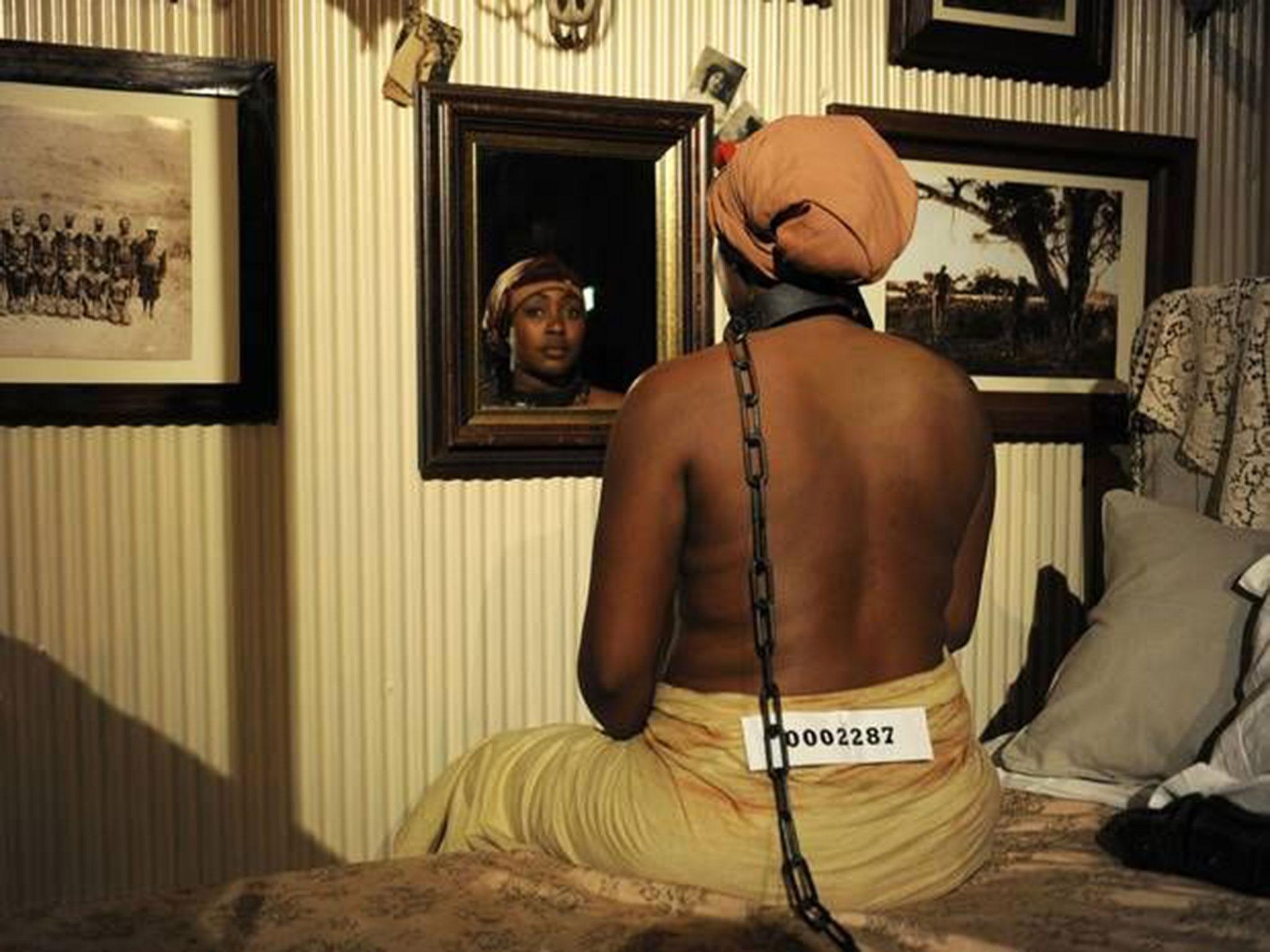
Your support helps us to tell the story
From reproductive rights to climate change to Big Tech, The Independent is on the ground when the story is developing. Whether it's investigating the financials of Elon Musk's pro-Trump PAC or producing our latest documentary, 'The A Word', which shines a light on the American women fighting for reproductive rights, we know how important it is to parse out the facts from the messaging.
At such a critical moment in US history, we need reporters on the ground. Your donation allows us to keep sending journalists to speak to both sides of the story.
The Independent is trusted by Americans across the entire political spectrum. And unlike many other quality news outlets, we choose not to lock Americans out of our reporting and analysis with paywalls. We believe quality journalism should be available to everyone, paid for by those who can afford it.
Your support makes all the difference.It’s 50 years since the Theatres Act 1968 came into force, abolishing state censorship of the British stage and enshrining the right of free expression in theatrical works.
Censored! Stage, Screen, Society at 50, a new display at the V&A, explores the impact the abolition of state censorship had on theatrical creativity while also asking the question of how free we really are in what we can stage.
The show is curated by Anna Landreth Strong and Simon Sladen, who explains that while we might not have visible state censorship any more, but work can still be shut down by other means. In the UK, we may no longer have “big C” Censorship, but there’s also that with a small c, which can take the form of regulation such as film certification, or artists and organisations self-censoring due worries about public protest, sponsorship and its potential loss, media storms.
For over two centuries, since 1737, the Lord Chamberlain had the authority to veto new plays that they deemed indecent or that posed a threat to public order. Theatres could be prosecuted for performing work that had been refused a license. Banned plays included Ibsen’s Ghosts and Mrs Warren’s Profession by George Bernard Shaw.
In the 1960s, work by a new generation of playwrights grew in popularity despite being denied a licence; they’d stage works in a private club, as a way of getting round the censor.
Edward Bond’s 1965 play Saved – with its notorious baby-stoning scene – was staged this way, and ended up being pivotal in the abolition of censorship and paving the way for the Theatres Act. A decision was taken to prosecute those involved and while this was successful, it left the office of the Lord Chamberlain looking seriously outmoded.
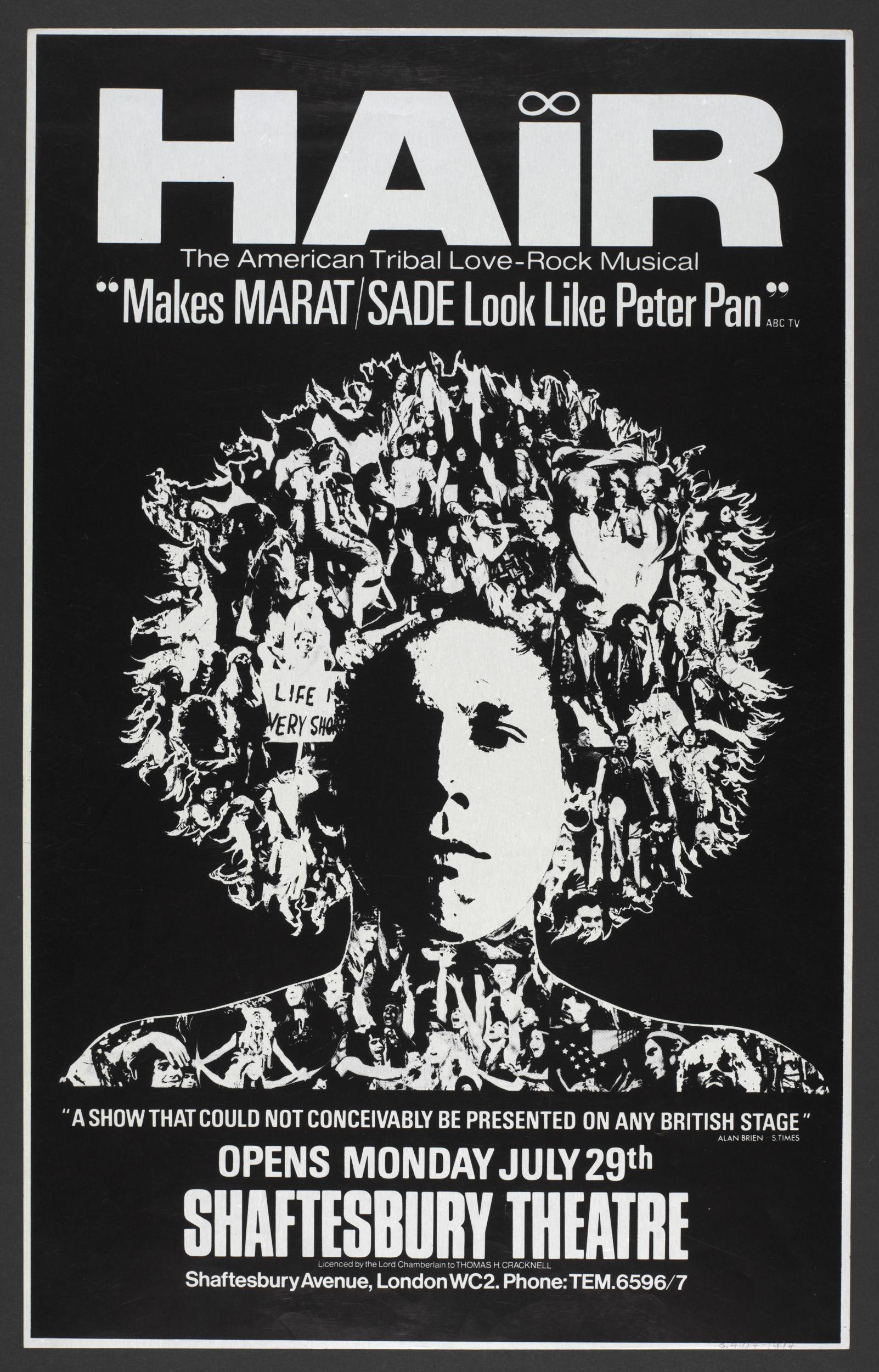
The day after the act was passed, the American countercultural musical Hair – with its nude scenes, drug taking and anti-war vibe – opened in the West End, something that would not have been possible 24 hours previously. But while the edgier work by John Osborne and his contemporaries could now be seen on our major stages, in practice the new law did not mean total artistic freedom.
There will always be limiting factors, be they societal, economic or political, something which the exhibition explores.
This was a time, after all, when the BBC banned the Sex Pistols. Underground magazine Oz was about to become embroiled in the longest obscenity trial in history, as a result of its children’s issue in which a group of young people between the ages of 14 and 21 were invited by the editors to discuss the things that mattered to them. These included sex, sexuality and drugs (an explicit image of Rupert Bear was deemed particularly contentious).
And while theatre censorship might not formally exist any longer, as Sladen explains, other aspects of the law have been used since to shut down productions, including charges of blasphemy and indecency.
Over the last 50 years there have been a number of incidents that have called into question how free artists really are in what they can depict on stage, with social media playing an increasingly complicated role in the debate. The following are some of the most contentious examples from the past half-century.
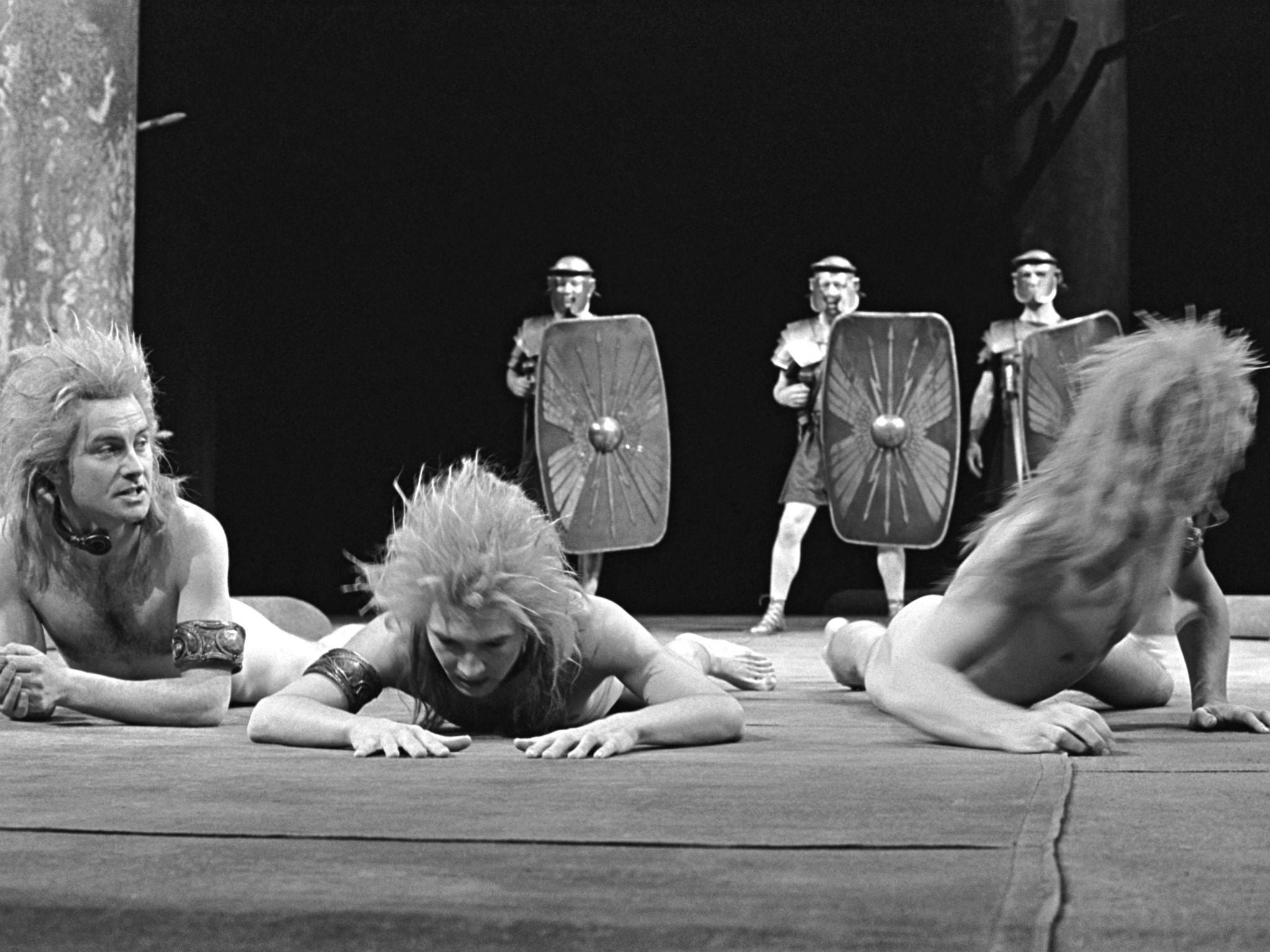
The Romans in Britain
First staged by the National Theatre in 1980, Howard Brenton’s exploration of imperialism contains a scene of homosexual rape. Michael Bogdanov’s production was subject to an unsuccessful public prosecution for gross indecency as part of Mary Whitehouse’s campaign to “clean up” the nation. The prosecution failed when the chief witness admitted that what he thought was a penis from the back of the stalls might have been an actor’s thumb.
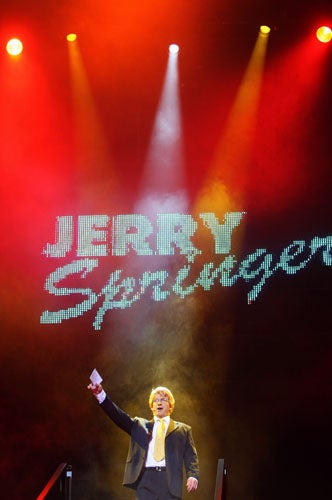
‘Jerry Springer: The Opera’
Stewart Lee and Richard Thomas’s musical inspired by the Jerry Springer talk show featured tap-dancing Ku Klux Klan members and a nappy-wearing Jesus. It was staged at the National Theatre in 2003, but it was its 2005 broadcast by BBC2 that ended up causing a stir: it elicited over 50,000 complaints. A campaigning group called Christian Voice led protests outside the venues where it was being performed and, in 2007, attempted to bring blasphemy charges against the production. The attempt was not successful.
‘Behzti’
When British Sikh playwright Gurpreet Kaur Bhatti’s play Behzti opened in 2004 at the Birmingham Repertory Theatre, a protest was organised by local Sikh leaders because of a controversial rape scene set in a Sikh temple. This was deemed deeply offensive. Violence erupted among the protesters and performances of the play were cancelled two days later. However as Sladen points out, the play has been performed elsewhere without such a strong reaction. Taboos are not fixed. Society’s ideas about what is permissible are constantly shifting.
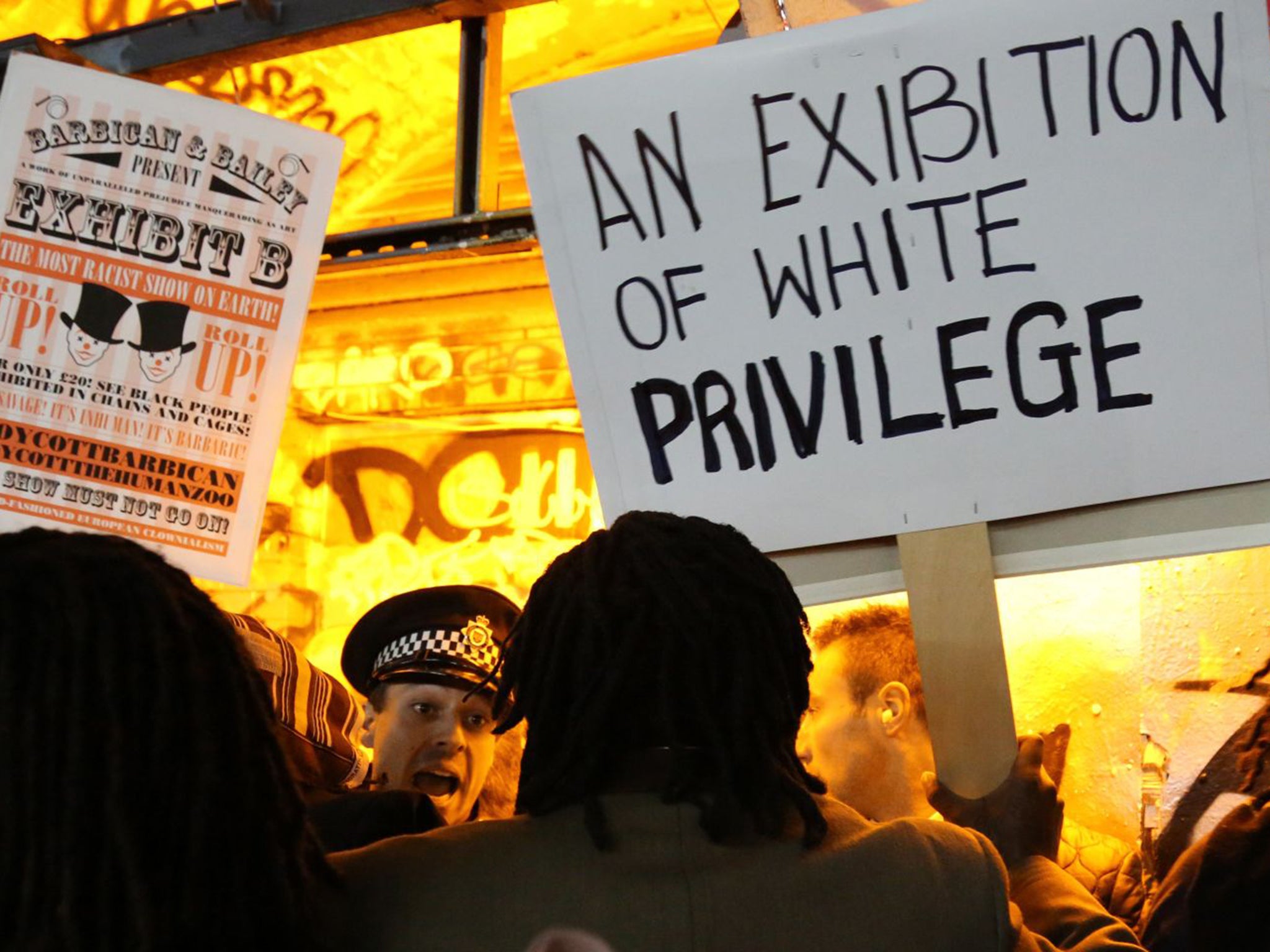
‘Exhibit B’
In 2014, following protests, the Barbican cancelled its remaining performances of a controversial live art installation created by South African Brett Bailey. The piece used actors to recreate the “human zoos” of the 19th century. The performers staged tableaux, some dressed as slaves others in more contemporary settings. The piece was accused of racism, with the voicelessness of the performers a real issue for many. The cancellation came about after police raised concerns about security as a result of the protests; there were worries about safety at the Barbican’s off-site venue, The Vaults. Earlier in the year, however, it had been presented at the Edinburgh International Festival without protests.
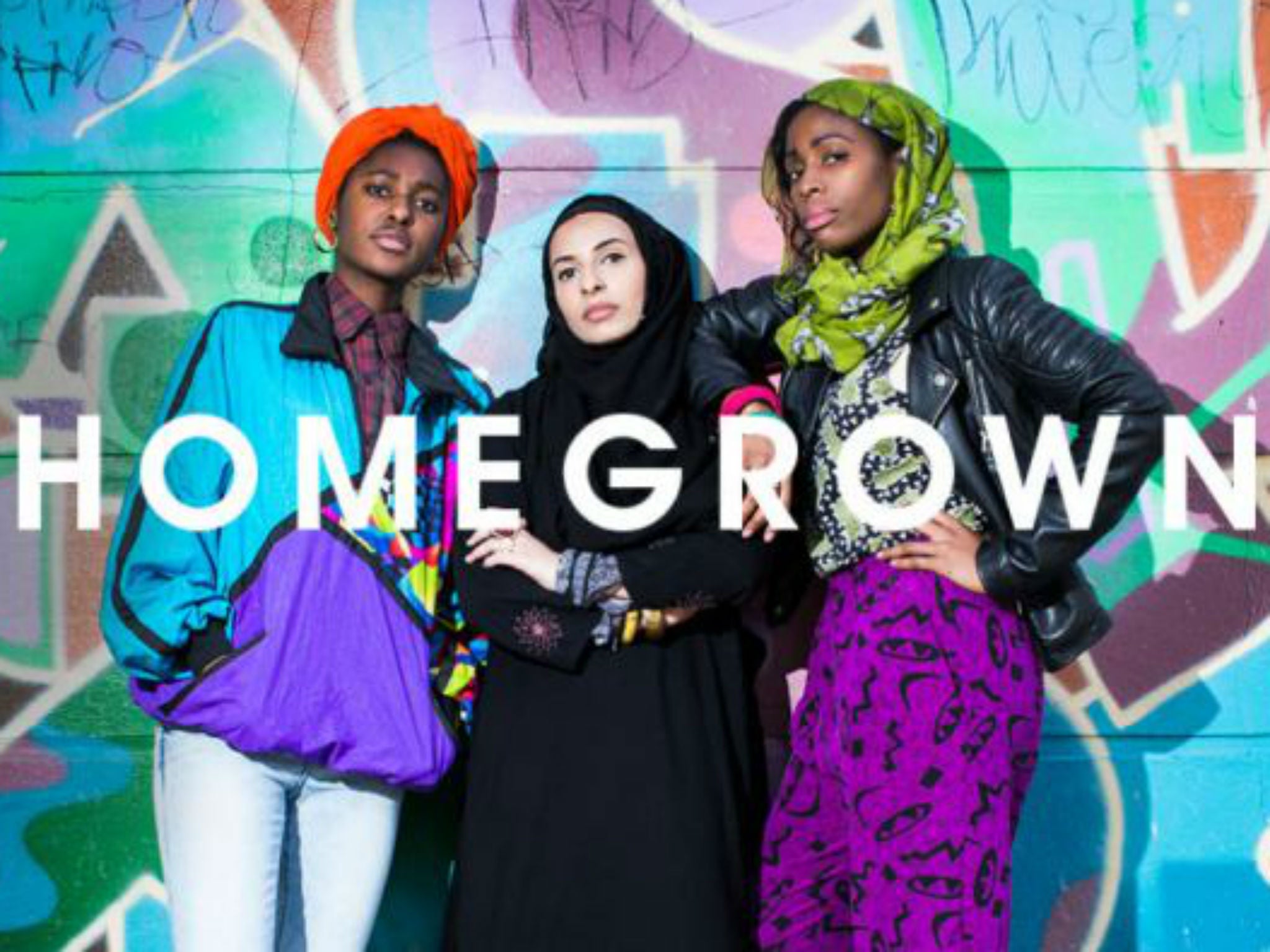
‘Homegrown’
In 2015, writer Omar El-Khairy and director Nadia Latif were tasked with creating a show about the radicalisation of young Muslims with members of the National Youth Theatre (NYT). The production was cancelled halfway through the rehearsal period. Paul Roseby, the artistic director of NYT, cited issues with artistic quality; others claimed there were concerns about the radicalism of the piece itself. An extract of the play was later performed at an event organised by Index on Censorship, but it has yet to have a full production.
‘Censored! Stage, Screen, Society’ at 50 is at the V&A from 10 July 2018 – 27 January 2019
Join our commenting forum
Join thought-provoking conversations, follow other Independent readers and see their replies
Comments